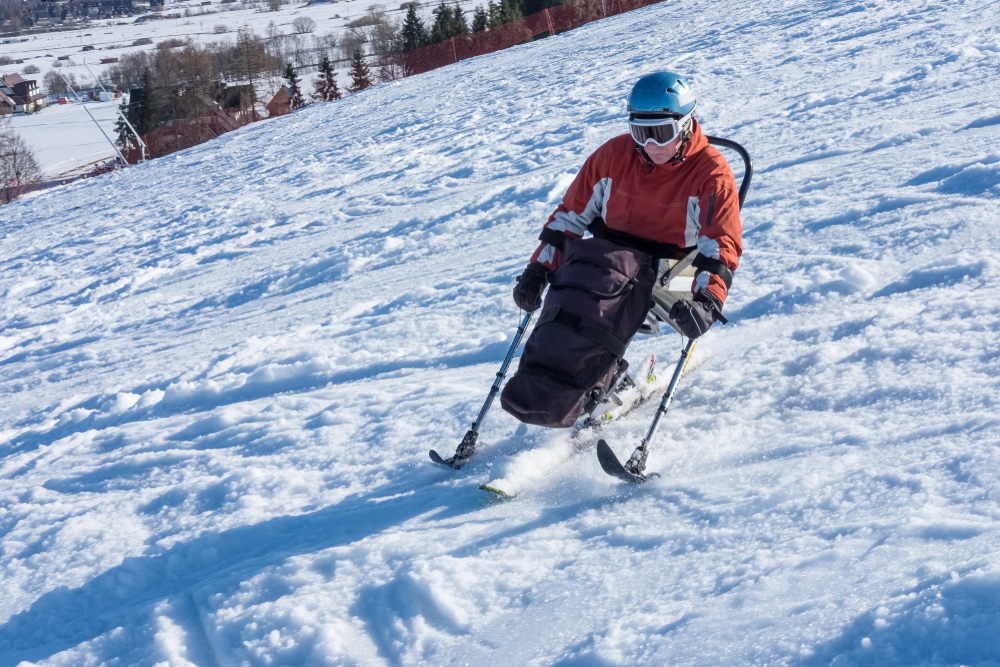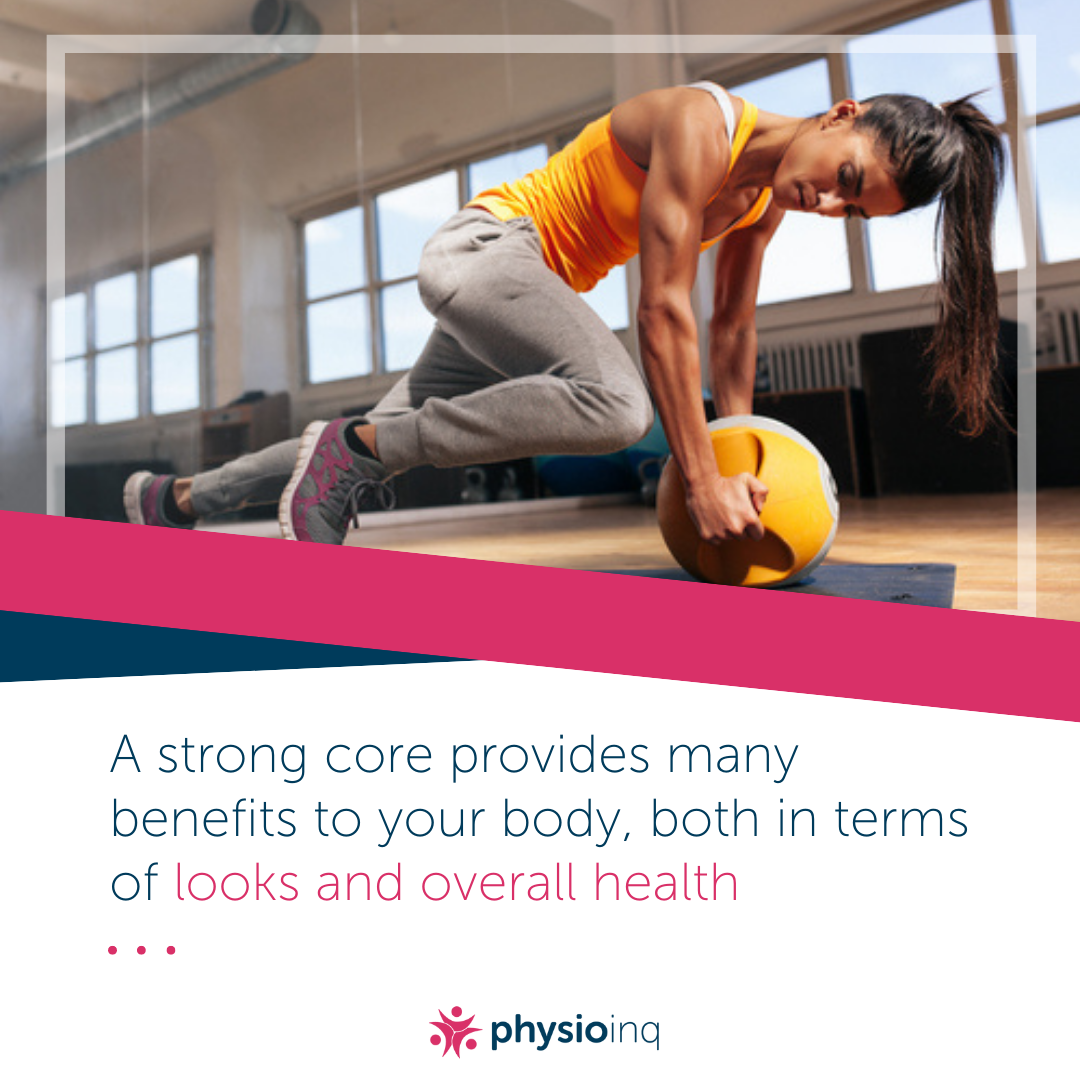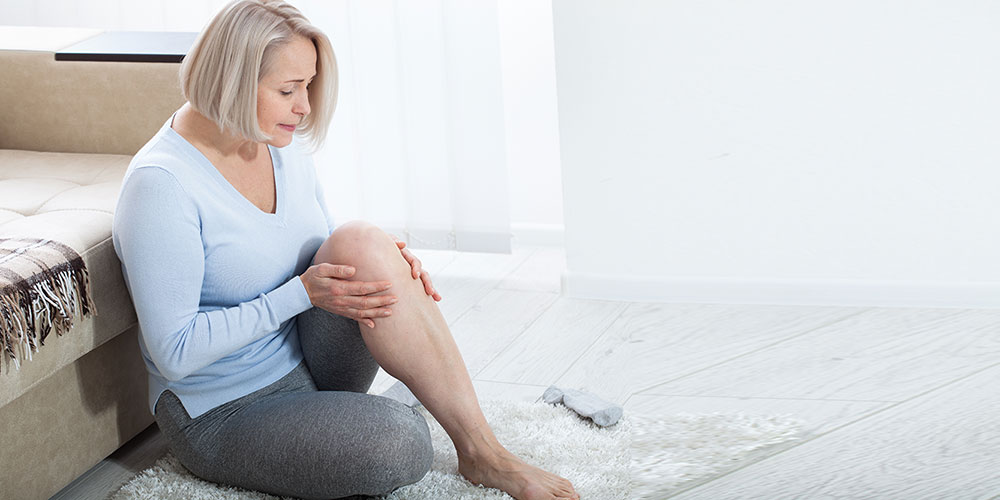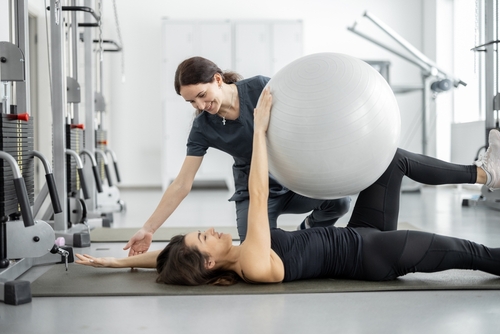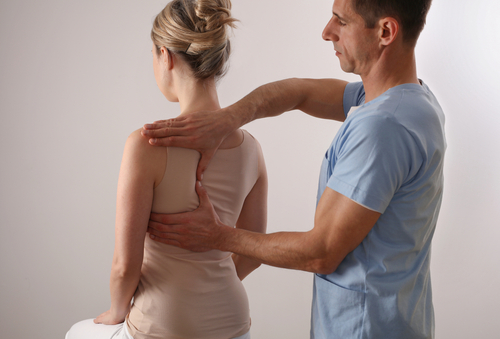Make an Appointment
Back Pain Freedom: It’s easier than you think
Are you one of the 3 million Australian’s experiencing back pain?
Back pain can stem from everyday activities such as sitting at a computer, repetitive movements, injury, or excessive lifting. Plus, since your back muscles are all connected to other parts of the body, back pain can have many causes.
The majority of aches and pains are either caused by sprains, which are damage to the ligaments where your vertebrae connect to joints or strains caused by injured tendons or muscles.
But the good news is that you don't have to deal with a consistent ache in your back. Here are 7 simple ways to relieve back pain.
7 Easy Steps to Relieve Back Pain
1. Keep moving
Avoid lying in bed or sitting down for long periods of time, especially if you’re experiencing lower back pain. Instead of relieving your back pain it can make it worse and prolong the healing process.
Short-term fix: Regularly move around. Set your alarm as a reminder if you need to, especially if you have a desk job or are often sedentary for long periods.
Long-term fix: Assess your activity level and the type of exercise you do. Consider adding yoga to your exercise schedule for its low impact and strengthening qualities versus lifting heavy weights or other activities that make you prone to back injuries.
2. Use a foam roller
If you experience back pain after exercising, foam rolling will relieve aches and help to prevent injury. Foam rolling is a method of self-myofascial massage that works through the fascia (the thin layer of tissue that surrounds your muscles) that can often become tense and cause back pain.
Short-term fix: Before you exercise, warm-up and stretch with a foam roller after having been shown the correct technique by a physiotherapist. See our instructional video below.
Long-term fix: If you don’t have a foam roller or don’t know how to use one correctly - speak to your personal trainer or a qualified Physiotherapist.
How to Use a Foam Roller for Back Pain
- Gently lie back on a foam roller positioned perpendicular to your body, keeping the foam roller near your ribs.
- Roll the foam roller up your back towards your neck and back down towards your ribs at your own pace.
- If you reach a tight spot in your back, feel free to stop on that spot to help the tension release.
Watch this video for a demonstration of how to use a foam roller for back pain.
3. Correct your posture
Having the correct posture is critical to reducing back pain. When you are in the correct posture all the parts of your body are balanced and supported, eliminating unwanted strain and pressure. Our heads are extremely heavy, but the good news is that your body was made to distribute this weight proportionately, so long as you practice proper posture.
Proper posture also doesn’t necessarily mean that you’re standing up completely straight. Your spine naturally curves in an “S” shape, so you’ll want to ensure you’re not slouching but also that you’re not overly arching your back. Good posture should feel comfortable, and you should be able to relax into the position with enough practice.
Short term: Are you slouching as you read this? Take notice of your posture and perhaps stand up a little straighter, balancing your head, shoulders, and hips.
Long-term: Work with a physiotherapist who can assess your posture and give you specific exercises to improve this.
Check out this video on how to stand with good posture.
Source: Vive Health
4. Assess your footwear
Are you wearing flip flops, high heels, stilettos, or ill-fitting shoes on a regular basis? A poor choice of footwear doesn’t just affect your feet but also your knees, hips and back. Footwear should have a good arch, offer heel support, shock support, and fit correctly.
Short-term fix: Avoid high heels and flip-flops while you are experiencing pain.
Long-term fix: Alternate your footwear regularly and assess the supportive qualities of new shoes.
5. Lighten your load
Whether it’s a handbag, backpack, or shopping bag, to help relieve pesky back pain, start by removing all unnecessary weight from these bags and avoid lifting and carrying heavy items until your pain has improved.
Heavy bags and items can pull on the muscles of your shoulders and neck, causing back pain and muscular imbalances. Proper lifting techniques are also important by lifting with your legs, not with your back.
Short-term fix: Remove all unnecessary items and alternate the side you use to carry bags.
Long-term fix: Consider using a correctly fitted backpack with waist straps. This will distribute the weight evenly on your hips rather than placing pressure on your back or shoulders.
6. Improve your sleep position: To improve back pain while you sleep, place an extra pillow between your knees if you sleep on your side, or under your knees if you sleep on your back to support your spine.
Spending 6 to 8 hours every night sleeping in unnatural positions for your spine can cause lasting back pain. At night, your back needs more support than you might expect.
Short term: Avoid sleeping on your stomach and take care when you’re getting in and out of bed.
Long-term: Assess your mattress. Is it supporting your body? While it may seem counterintuitive, a firmer mattress is better for your back compared to a super soft sleeping surface. Some professional athletes even prefer sleeping on the floor to support their aching backs.
7. Massage
Massage works through tight muscles and realigns the body. A licensed massage therapist can effectively target localised pain. A physiotherapist with training in massage therapy can also provide remedial massage for specific areas of your back that are causing the most pain.
Short term: Book in for a massage with a remedial massage therapist or with a physiotherapist who has massage therapy training.
Long-term: Regularly schedule a massage. Prevention is always better than a cure and it will also reduce stress which can exacerbate pain in your body.
All in all, as common as it is, you don’t have to live with chronic back pain. Regardless of what’s causing your aching back, try these simple tips to see if you notice any relief.
If you require immediate treatment, don't hesitate to book in to see your local Physio Inq Physiotherapist today.
Date Published: Thursday, December 16, 2021
Date Modified: Tuesday, July 2, 2024
Locate a Mobile Physiotherapy
Service Near me
Get the experience & convinence you deserve to support your or a loved one's allied health needs.
Our Mobile Physiotherapy team are currently serving & taking appointments in the following states and regions in Australia:
Need to get into direct contact with ur Client Services team? We're all ears. Call our team directly on 1300 731 733

